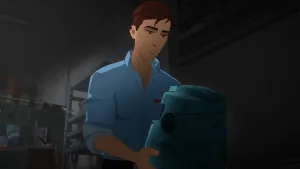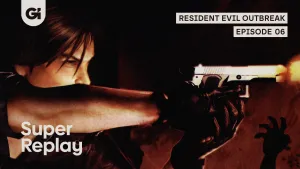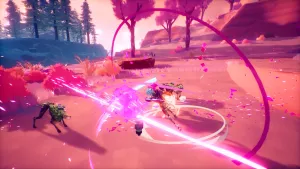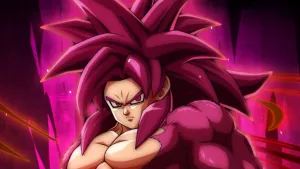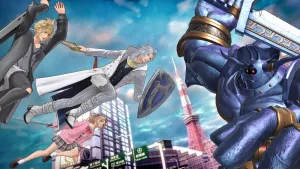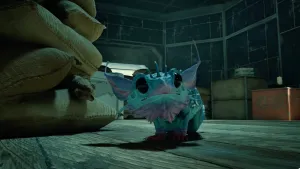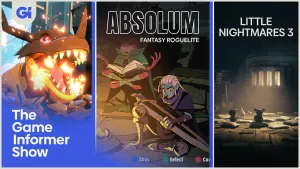Monster Hunter: World
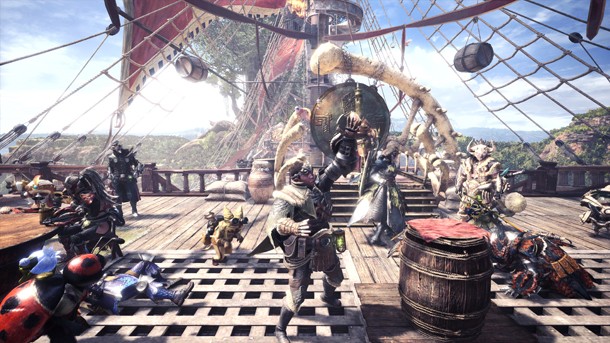
Monster Hunter: World marks a seismic shift for Capcom’s series, which has gained a massive audience in Japan but hasn’t quite broken through in the West. The latest entry heads to PlayStation 4 and Xbox One in January (with a PC version following), and building the game with high-powered consoles in mind gives Capcom the ability to make some significant changes to the game’s core structure. Most notably, the loading times between individual zones are gone, so there aren’t any pauses when exploring maps. That’s not all that’s changing, however, as we learned during nearly 10 hours of hands-on time with the game during a visit to Capcom’s Osaka offices. Here are some of the best ways that Capcom shakes things up.
No Loading Zones
We’ll just get this one out of the way: Being able to move freely in a map without having to wait for a loading screen to wrap up is great. Some may miss gaming the system by darting between zones to heal up, sharpen their blades, or simply take a moment to catch their breath, but I say good riddance. A certain amount of disbelief has to be suspended in a Monster Hunter game – the whole bit with the monsters, for instance – but leaping down from a platform to surprise a monster was a moment dramatically made less dramatic by the presence of “Now Loading.”
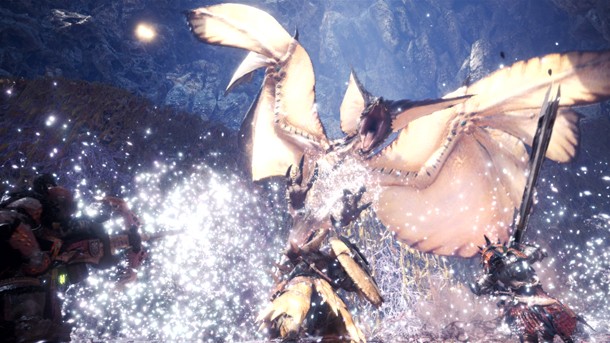
Happy Trails
The maps are a lot bigger now, and even though they’re still split into zones on the map for communication’s sake, navigating them can get tricky. Fortunately, your character’s handy bug buddies can help by illuminating a path to your next big hunt. You do have to do some work for it, however, by interacting with footprints, debris, and other clues left behind by your prey. Stick to it, and the trail will eventually lead you to where you need to go. I sympathize with players who don’t want that kind of hand-holding, but I appreciated having the option of getting a more guided tour of the maps as I started. Once I learned where a fish monster made his home (it’s by water, incidentally), I didn’t need to rely on the spirit flies as much.
Durable Goods
Now that the two big ones are out of the way, we can get a little nerdier. In Monster Hunter: World, you don’t need to purchase pickaxes and whetstones of varying quality; you start out with one of each, and they don’t break. Maybe there was someone out there that got a kick out of burning through a stack of pickaxes as they mined. Now, you can mine until a node is depleted without having to worry about your pickaxe shattering in your hands. Similarly, keeping your blade keen is tedious enough without losing the ability to sharpen it on the field. Making those tools consumable wasn’t particularly interesting or immersive, and I’m happy to see that element fall by the wayside.

Speed Demon
All right, let’s get a lot nerdier. Animators do excellent, important work, so let’s all take a moment to give them some hearty thanks. Now that that’s out of the way, I’m glad that World has sped up, revised, or simply eliminated the animations that accompany a lot of mundane tasks. For instance, now you can harvest plants and other resources without having to watch your character crouch down and wave their hands around for a bit. You can zoom past and snatch it up without missing a step. Previously, drinking a potion relied too heavily on the “risk” side of the risk-reward spectrum, as you watched your hero slowly drink a potion while rooted in place. Now when you’re hurt, you can take a big gulp while you move, giving you a chance to escape an incoming projectile or just get further away from a troublesome foe.
Palico Pal
Right after you create your character in Monster Hunter: World, you’re tasked with creating a custom Palico companion. Take some time in doing so; your feline friend is going to be with you for a while. In World, there’s less of a collectable element to the Palico component; your buddy is your buddy, and he’s there for the duration of your adventure. Think of it as a more meownogomous relationship (sorry, the horrible puns are still there in World, and they may be contagious). He’s a flexible, helpful companion, able to learn and improve a variety of skills as you play. I still relied on my own potions, but was pleasantly surprised whenever he saw it fit to heal me in battle in those moments where I wasn’t focused on my health bar or ran out of beverages. Also, they remain fantastic cooks, as you can see here in our weird little bonus video.
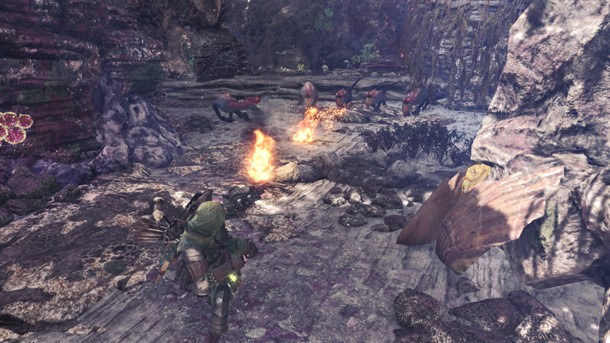
A Numbers Game
In previous Monster Hunters, you attacked monsters until they died, you died, or you got bored and ran away. While the beasts would recoil from your attacks and parts of them would occasionally fall off, there wasn’t a reliable indicator that you were efficiently dealing damage. In World, your attacks are accompanied by an on-screen number that shows how effective you really are. Is it better to hit a monster’s face or its belly? Are you hopelessly outclassed here? Is this weapon even on? I loved getting that kind of feedback as I blasted at monsters with my light bowgun. There’s no HP meter hovering above a beast’s body, so some information is still obscured from players – and that’s fine. Better yet, if you think that concept is antithetical to the whole Monster Hunter experience, you’re free to turn it off in the options menu. I’m keeping it on.
Training Time
The arena is gone, long live the arena. While there still is an arena in Monster Hunter: World, it’s now a place for serious combat and not a destination for new players looking to hone their skills. For that, there’s the training room. In this enemy-free zone within the hub world of Astera, players can try their hand at the game’s 14 different weapon types without having to worry about getting nibbled on. Instead, your opponents are barrels, and handy on-screen prompts show each weapon’s alternate attacks and combos. I found it a helpful place to find the most effective range for my light bowgun. Another nice addition is that weapons have quick videos that you can watch, which highlight how each one works in combat. It’s a great way to see what the difference is between a long sword and a great sword – or what the hell an insect glaive is, because those words don’t have any business being so close together.
For more on Monster Hunter: World, check out our episode of New Gameplay Today, which features a successful four-way hunt against a Jyuratodus (aka a big, angry fish).

Get the Game Informer Print Edition!
Explore your favorite games in premium print format, delivered to your door.
- 10 issues per year
- Only $4.80 per issue
- Full digital magazine archive access
- Since 1991

